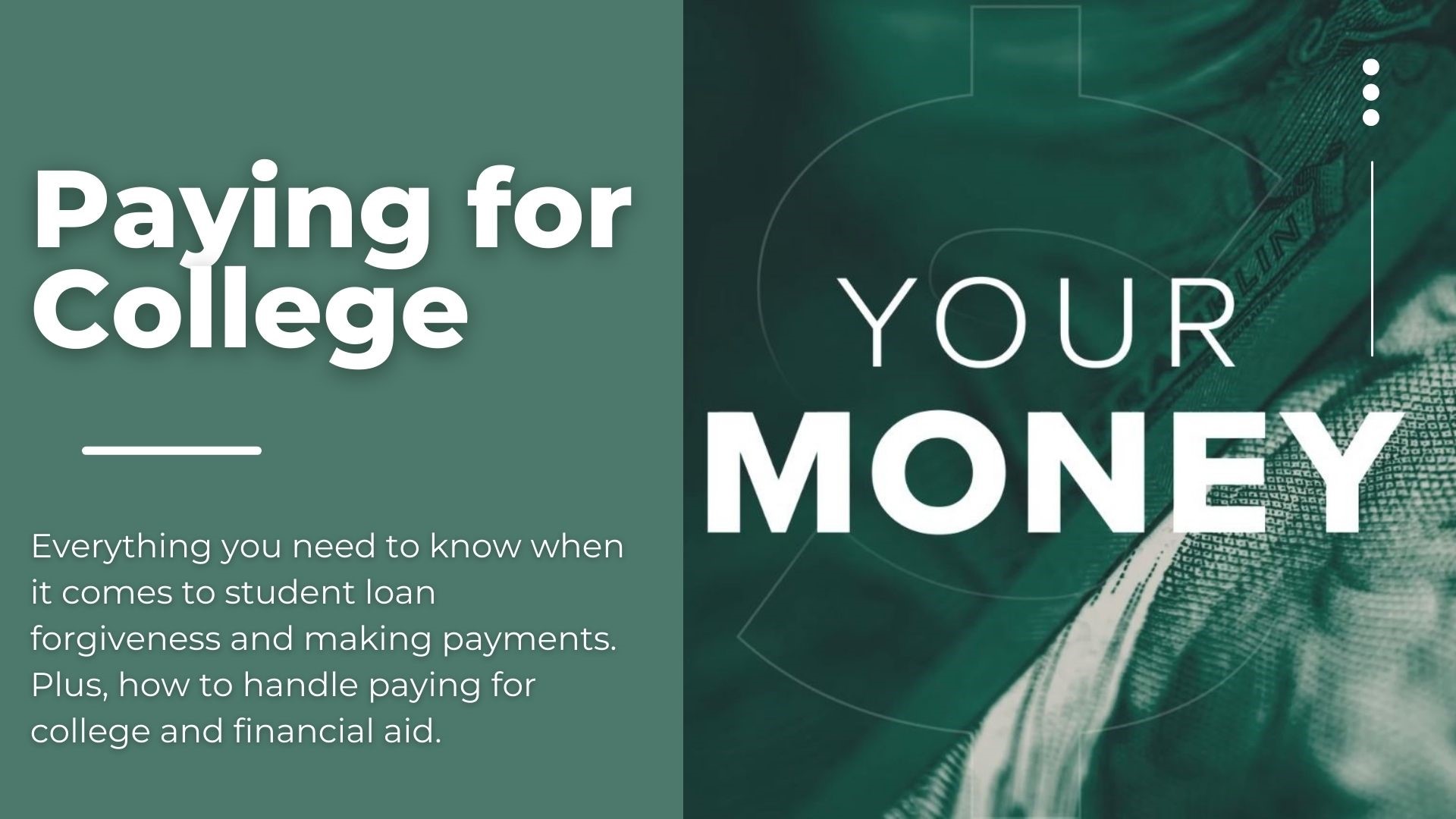WASHINGTON — The Biden administration has opened applications for a new program, the president's latest attempt at lowering student debt for millions of Americans.
It's known as the SAVE Plan, and although it was announced last year, it has mostly been overshadowed by President Joe Biden’s proposal for mass student loan cancellation. But now, after the Supreme Court struck down Biden’s forgiveness plan, the repayment option is taking center stage.
The plan allows millions of Americans with student debt to enroll in what's known as an "income-driven repayment plan."
The four repayment plans offered as part of the program have some of the most lenient terms ever. Interest won’t pile up as long as borrowers make regular payments. Millions of people will have monthly payments reduced to $0. And in as little as 10 years, any remaining debt will be canceled.
Biden has called the SAVE program “the most affordable repayment plan ever.” The typical borrower who enrolls in the plan will save $1,000 a month, he said.
How to sign up
Anybody with outstanding student debt can sign up to see if they're eligible here.
The application's website says you need a few things on hand to sign up:
- A verified FSA ID (which you get by signing up)
- Your financial information
- Your personal information
- Your spouse’s information, if applicable
Most borrowers should be able to fill out the application in under 10 minutes, the website promises.
A calculator is also available for figuring out what your monthly payments would be under the new plan.
What does the plan do?
Right away, more people will be eligible for $0 payments. The new plan won’t require borrowers to make payments if they earn less than 225% of the federal poverty line — $32,800 a year for a single person. The cutoff for current plans, by contrast, is 150% of the poverty line, or $22,000 a year for a single person.
Another immediate change aims to prevent interest from snowballing.
As long as borrowers make their monthly payments, their overall balance won't increase. Once they cover their adjusted monthly payment — even if it's $0 — any remaining interest will be waived.
Other major changes will take effect in July 2024.
Most notably, payments on undergraduate loans will be capped at 5% of discretionary income, down from 10% now. Those with graduate and undergraduate loans will pay between 5% and 10%, depending on their original loan balance. For millions of Americans, monthly payments could be reduced by half.
Next July will also bring a quicker road to loan forgiveness. Starting then, borrowers with initial balances of $12,000 or less will get the remainder of their loans canceled after 10 years of payments. For each $1,000 borrowed beyond that, the cancellation will come after an additional year of payments.
For example, a borrower with an original balance of $14,000 would get all remaining debt cleared after 12 years. Payments made before 2024 will count toward forgiveness.
HOW DO I APPLY?
The Education Department says it will notify borrowers when the new application process launches this summer. Those enrolled in an existing plan known as REPAYE will automatically be moved into the SAVE plan. Borrowers will also be able to sign up by contacting their loan servicers directly.
It will be available to all borrowers in the Direct Loan Program who are in good standing on their loans.
IS IT LEGAL?
That depends on who you ask, but the question hasn’t been taken up by a federal court.
Instead of creating a new payment plan from scratch, the Biden administration proposed changes to an existing plan. It cemented those changes by going through a negotiated rulemaking process that allows the Education Department to develop federal regulations without Congress.
It’s a process that’s commonly used by administrations from both political parties. But critics question whether the new plan goes further than the law allows.
More than 60 Republicans lawmakers urged Education Secretary Miguel Cardona to withdraw the plan in February, calling it “reckless, fiscally irresponsible, and blatantly illegal.”
Supporters argue that the Obama administration similarly used its authority to create a repayment plan that was more generous than any others at the time.
The Biden administration formally finalized the rule this month. Conservatives believe it’s vulnerable to a legal challenge, and some say it’s just a matter of finding a plaintiff with the legal right — or standing — to sue.

